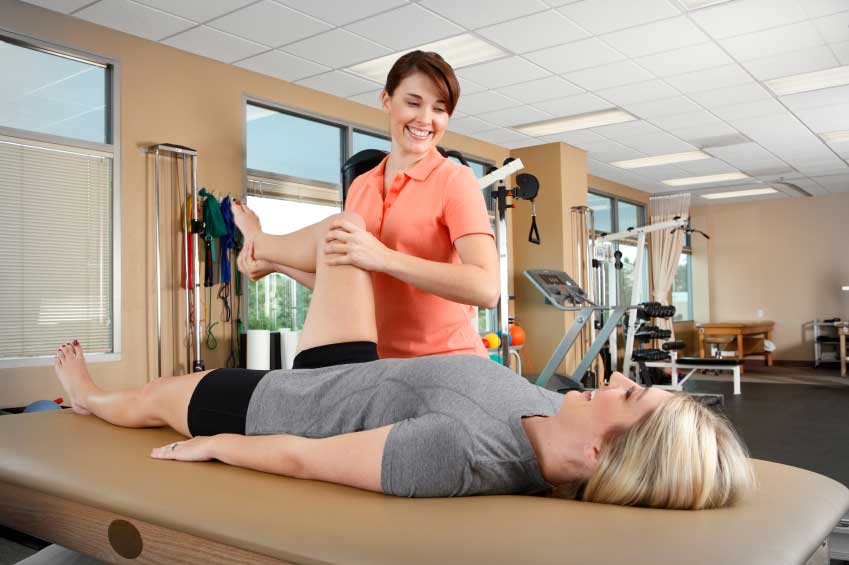Vestibular Rehabilitation Therapy (VRT) is a specialized and efficient method for treating issues with the vestibular system, essential for preserving balance and spatial orientation. This treatment seeks to improve the quality of life for those with balance and dizziness problems by reducing symptoms brought on by vestibular disorders. Let’s examine Vestibular Rehabilitation Therapy in detail, including its advantages and method of operation.
An Overview of disorders of the vestibular system
The semicircular canals, utricles, and saccule comprise the intricate inner ear network that makes up the vestibular system. It communicates sensory data about head movements and position to the brain, assisting with balance and synchronizing eye movements. Vestibular diseases, which result in symptoms like vertigo, imbalance, and nausea, can occur when an injury, an infection, or other illnesses compromise the vestibular system.
Vestibular Rehabilitation Therapy’s objectives
VRT aims to address and lessen the symptoms brought on by vestibular disorders. The main objectives of VRT include:
- Reducing Dizziness and Vertigo: VRT employs specialized activities to lessen patients’ occurrence and severity of dizziness and vertigo.
- Enhancing Balance and Coordination: The therapy aims to assist patients to regain stability and confidence in their movements by improving balance and coordination.
- Promoting Adaptation and Compensation: VRT helps people adjust to their condition more successfully by encouraging the brain to adapt and make up for abnormal vestibular signals.
- Fall Risk Reduction: By improving stability and balance, VRT can lower the risk of falls, which can be especially dangerous for people with vestibular problems.
Evaluation and Individualized Treatment Plans
A certified healthcare professional with expertise in vestibular problems, such as a physical therapist or an audiologist, will complete an evaluation as the first step in the VRT process. A thorough medical history, an assessment of balance and gait, an investigation of eye movements, and specific tests to identify the severity of vestibular dysfunction are all included in the evaluation.
A personalized treatment plan is created by the healthcare professional based on the evaluation’s findings and is geared toward the needs and objectives of the patient. The rehabilitation of the vestibular system is supported by a set of exercises and activities that test and excite it. Click here Women’s Health Physical Therapy.
Exercises for Vestibular Rehabilitation: Types
Exercises used in VRT target numerous vestibular system functions and are aimed at enhancing balance, stability, and coordination. Joint exercises consist of the following:
- Exercises for Gaze Stabilization: These exercises concentrate on improving the capacity to hold a steady gaze when moving the head, which is necessary for clear eyesight while moving the head.
- Exercises for standing and walking that gradually challenge balance and stability are used in balance training.
- By moving misplaced calcium crystals within the inner ear, canalith repositioning techniques are used to treat particular vestibular diseases, including benign paroxysmal positional vertigo (BPPV).
- Exercises for Motion Sensitivity: These exercises aid in desensitizing the vestibular system to motion triggers that could make one feel queasy or lightheaded.
Vestibular Rehabilitation Therapy’s Advantages and Effectiveness
VRT has proven remarkably effective in symptom relief and functional outcomes for those with vestibular disorders. According to research, VRT can dramatically lessen dizziness, boost patients’ general quality of life, and improve balance and gait.
Additionally, VRT is a safe and well-tolerated choice for most people because it is a non-invasive and drug-free method of treating vestibular problems. Because the therapy is personalized, each patient will receive care tailored to their needs and difficulties.
Conclusion
Vestibular Rehabilitation Therapy is a beneficial and all-encompassing method when it comes to treating vestibular illnesses and the symptoms that go along with them. VRT aids people in regaining balance, stability, and confidence in their movements by focusing on the vestibular system through specific exercises. For patients who experience dizziness and balance problems brought on by vestibular diseases, VRT offers a promising way to enhance the quality of life under the supervision of experienced healthcare specialists.






